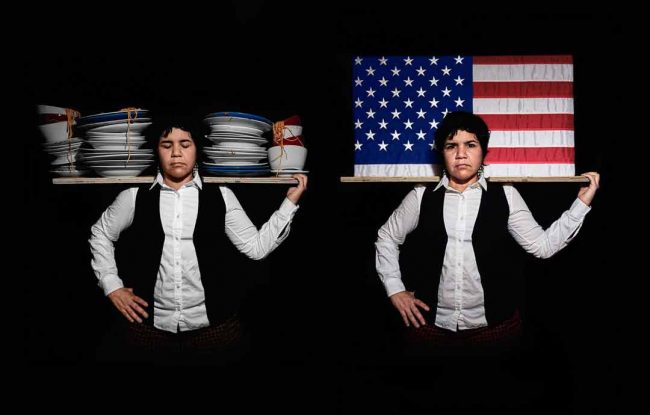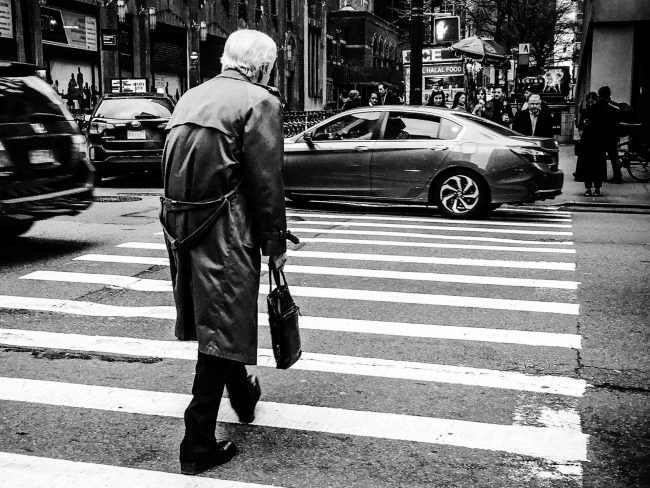‘CAN YOU SEE ME?’ PSYCHOANALYSIS AND SOUL-BLINDNESS by Carlos Padrón
In the epigraph, Jimi Hendrix’s poetic alter-ego expresses skepticism in regard to being seen and heard. Does he pose a question: “Can you see me?”; a demand: “Can you see me!”; or perhaps a plea: “Can you see me…please”?…




